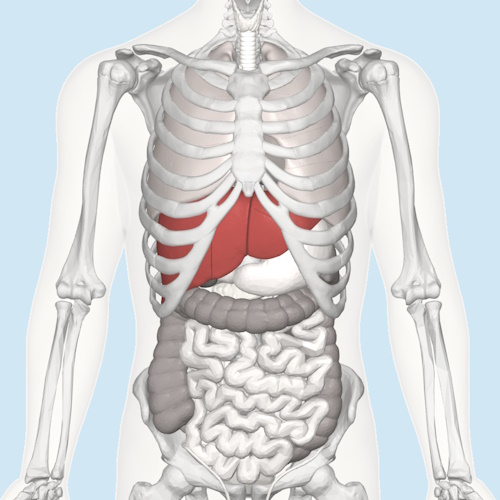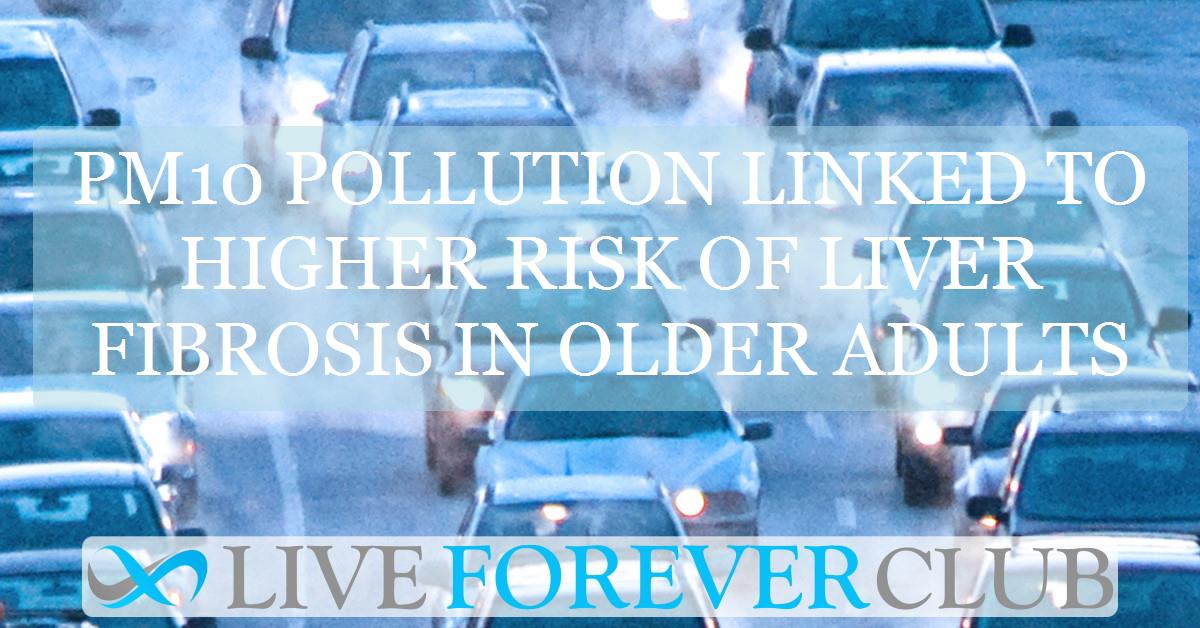Key points from article :
A new study from Xiamen City, China, has revealed that long-term exposure to common air pollutants may significantly increase the risk of liver damage in older adults. The research, published in Hepatology and led by a team of Chinese scientists, followed more than 23,000 people aged 65 and older living with metabolic dysfunction-associated steatotic liver disease (MASLD), a condition that affects around 30% of the global population and can progress to serious liver scarring, cirrhosis, or even cancer.
The researchers measured participants’ exposure to ozone, carbon monoxide, sulfur dioxide, PM2.5 (fine particles), and PM10 (larger inhalable particles). Their analysis found that PM10 exposure stood out as the strongest driver of liver fibrosis, nearly doubling the risk compared to those with the lowest exposure. Other pollutants, including ozone and PM2.5, also contributed to increased risks, and the danger rose even further when people were exposed to multiple pollutants at once—mirroring real-world conditions.
Interestingly, physical activity appeared to protect against some of the harm. Older adults who were inactive faced higher risks of developing fibrosis under the same pollutant levels compared with their more active peers. This finding supports earlier evidence that regular exercise, despite increasing short-term pollutant intake, may strengthen the body’s resilience to long-term damage.
Scientists suggest several biological pathways behind this link. Air pollutants can generate oxidative stress, disrupt fat and sugar metabolism, and trigger chronic inflammation—all processes that accelerate liver scarring. With global populations aging and pollution levels rising, the authors warn that unmanaged exposure could pose a major public health challenge. They conclude that reducing pollution exposure may be key to slowing disease progression in vulnerable older adults with MASLD.





